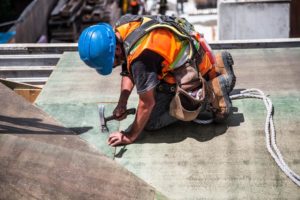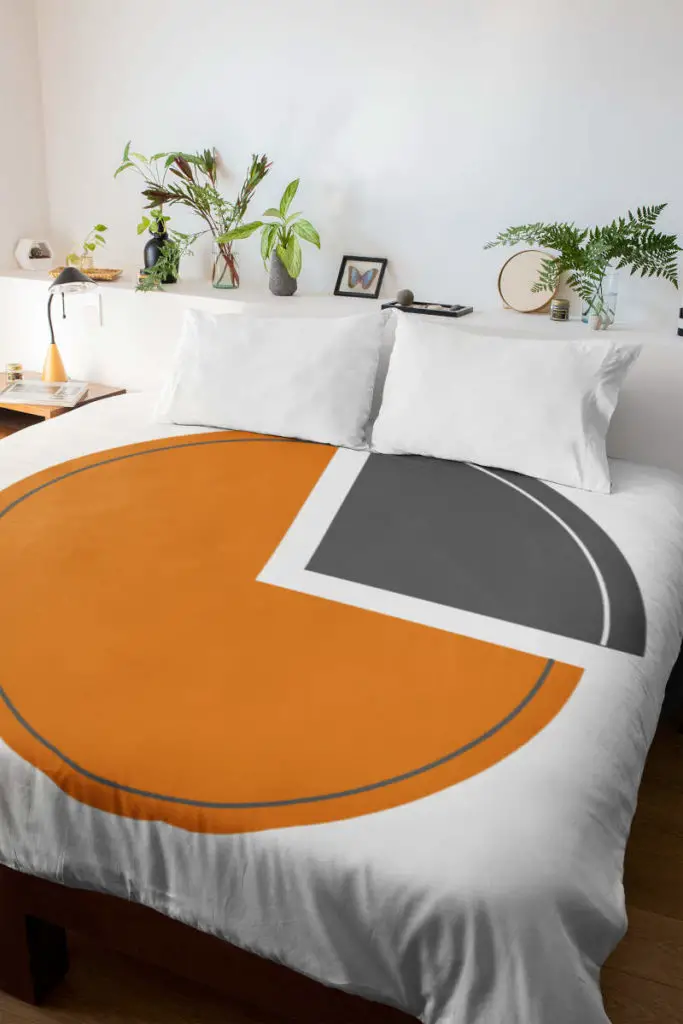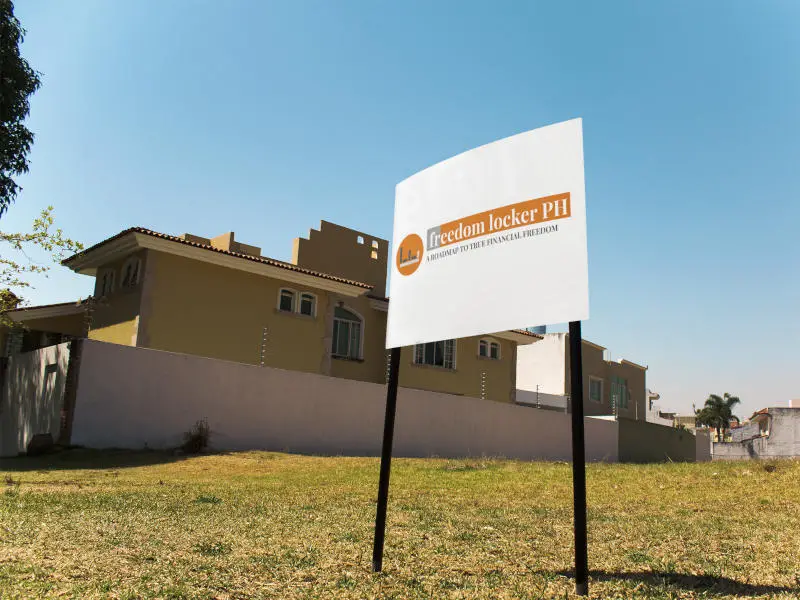A few months ago, I wrote a blog post on BRRRR Investing in the Philippines. If you haven’t already, make sure you head on over to the BRRRR Investing in the Philippines Primer as I talk about some of my thoughts on using the strategy locally. In a nutshell, BRRRR is an acronym for the steps Buy, Rehab, Rent, Refinance, Repeat. In a BiggerPockets blog post, Brandon Turner coined the name BRRRR, but the essence of the strategy has been around long before that.
Since sharing my thoughts on BRRRR Investing in the Philippines, I’ve been getting a few well-meaning questions on its relevance in the country. Issues like “bank loans here are short,” “there aren’t cash flowing properties around,” or “if it’s possible, then everybody would be doing it” are some of the concerns I’ve heard.
First, let’s cover the necessary mindset shift. And then, we’ll go into some of the frequently asked questions on using the BRRRR strategy in the Philippines.
Page Contents
- Shifting your mindset on BRRRR
- FAQ and common concerns
- Is BRRRR possible in the Philippines?
- Banks don’t give out 30-year loans in the Philippines. Interest rates are too high for positive cash flow.
- It is impossible to find cash-flowing properties in the Philippines.
- Does BRRRR have to be on foreclosed properties?
- Do I have to follow the exact steps mentioned in the book? Isn’t BRRRR supposed to be this or that?
- How are infinite returns possible with the BRRRR strategy?
- How do I get equity out of the property?
- Everyone says BRRRR in the Philippines is difficult to pull off.
Shifting your mindset on BRRRR
At its core, the BRRRR strategy is really about adding value to a property and recycling equity — where “recycling equity” is by getting a loan with your property as the collateral.
If it’s phrased like that, can anyone really tell you, with a straight face, that BRRRR isn’t possible here? Not likely.
You see, doubters tend to be literal and stiff, unfortunately. If it’s not in the book, then it’s not the BRRRR strategy. But it benefits us to see things from a holistic standpoint.
The true purpose of knowing how to BRRRR is to open our minds and realize that it’s possible to fast-track the collection of cash-flowing rental properties using the same capital over and over.
That instead of saying, “No, that’s impossible,” we ask ourselves, “How can I make it possible?”
In other words, we change every “No” into a “How.”
- “No, I can’t afford it” becomes “How can I afford it?”
- “No, it doesn’t make financial sense” becomes “How can it make financial sense?”

Now, let’s address some of the common concerns people have on BRRRR in the Philippines.
FAQ and common concerns
Is BRRRR possible in the Philippines?
Yes, BRRRR investing is possible in the Philippines if it means fast-tracking the collection of cash-flowing rental properties using the same capital over and over.
Investors who go after this strategy need to do the following:
- Buy a property below market value.
- Improve the rental property to increase its market value.
- Take out a loan with the property’s “improved value” as collateral.
- Use the proceeds to buy another property.
These steps are certainly easier said than done. But that doesn’t mean they’re prohibitively impossible.
(Related: Building Wealth with Real Estate Through Property Accumulation)
Banks don’t give out 30-year loans in the Philippines. Interest rates are too high for positive cash flow.
These issues are definitely huge setbacks. But again, there are ways to work around the problem, even if the solution isn’t ideal.
Remember that your monthly amortization is a function of the loan amount, tenure, and interest rate. If the allowed tenure is unfavorable (e.g., 10 to 15 years) or the interest rate is high, that leaves us with the loan amount.
To reduce your monthly amortization, this may mean higher down payments. Now, a higher down payment isn’t exactly good nor bad — it’s just the lower risk-return alternative. (See The Risk and Return Trade-off Applied in Real Life)
So how does this impact the BRRRR strategy? For one, this may mean a longer time to save up for the down payment. Or you might need to use other people’s money. Maybe initially fund it with another multi-purpose loan.
Also, consider an excellent deal you acquire for, say, 70% of market value. It wouldn’t be surprising to see this property cash flow well despite the unfavorable tenure and interest rates.
And finally, Pag-IBIG, cooperatives, family, and friends are some of the alternative capital sources you may want to consider.
It is impossible to find cash-flowing properties in the Philippines.
While it is harder to find cash-flowing properties when your loan options are restricted, they do exist. I believe the reason for this widespread notion is the popularity of condo units as investments for Filipinos.
Unfortunately, as Ken McElroy would say,
“the bigger the brochure, the worse the deal.”
Condominium projects are overmarketed (marketing expenses ultimately add to your costs) and relatively efficiently priced. You’re probably not going to cash flow well with a condo unit with in-house financing. And if you do buy them in cash, there are likely higher return alternatives anyway. I haven’t even mentioned the adverse effects of vacancies. (Is a Condo a Good Investment? Rarely… Here’s Why)
Furthermore, there’s typically a tradeoff between appreciating properties and cash-flowing properties. It’s similar to the necessary tradeoff between growth stocks and dividend-paying stocks. Since most people trying to learn BRRRR are in urban areas with appreciating properties (at least relative to “cash flow areas”), finding cash-flowing properties becomes doubly hard.
Instead, maybe try the fringe areas around your city. The provinces are a great place to find cash-flowing properties. (Palawan, anyone? Hit me up if you’d like to talk.)
Does BRRRR have to be on foreclosed properties?
No, BRRRR doesn’t have to be on foreclosed properties. As a matter of fact, foreclosed properties aren’t necessarily good deals.
(Related: Are Foreclosed Properties Cheaper? A Revisited Truth on Why They’re Not)
Do I have to follow the exact steps mentioned in the book? Isn’t BRRRR supposed to be this or that?
Yes and no. Suppose you want to be literal about it. In that case, then fine, altering a step isn’t the exact BRRRR strategy described by modern proponents.
Yet again, the strategy has been around for a long time, with varying pieces. For instance, sometimes this means buying the property with 100% cash. And other times, it means bringing in a partner. The true purpose of the BRRRR strategy is to highlight how accumulating properties is possible by adding value and recycling capital.
As long the essence of accumulating properties is there, and the deal makes sense to you (taking into account contingencies and reserves), then you can proceed without the exact BRRRR steps.
(Related: I Stopped Timing the Real Estate Market. You Should, Too)
How are infinite returns possible with the BRRRR strategy?
The infinite return BRRRR scenario is probably best explained with a quick example.
You estimate a property to be worth Php3 million. With a few renovations, you also estimate you could increase the value to Php5 million. See this guide on How to Value an Apartment Building: Expert Tips by a Pro for Beginners.
Convinced that it’ll cost you just Php400,000, together with some significant property management changes, to increase the property’s value to Php5 million, you make an offer for Php3 million. The seller gladly accepts.
You then proceed with renovating (rehabbing) the property and implementing changes such as submetering, stricter tenant screening processes, etc. (13 Useful Ways to Avoid Bad Tenants) Turns out it costs Php400,000 to rehab. You can then rent it out at higher prices, and your estimated Php5 million after-repairs value turns out to be pretty much accurate.
Then you approach a bank for a loan, with the apartment as collateral. The bank’s appraisal concurs with yours. At a loan-to-value ratio of 70%, the bank agrees to give you a loan of Php3.5 million.
In the end, you spent Php3.4 million and got out Php3.5 million. Since returns are calculated as “gains divided by investment amount,” and your investment amount is essentially nothing, then your returns are supposedly “infinite.” (Dividing by zero gives an error.)
Granted, this is an oversimplified example to show how infinite return is possible. Or a way of saying it’s a very good deal.
How do I get equity out of the property?
Equity is the amount you own in a property minus the amount you owe on it. If you have an outstanding mortgage of Php1 million in a property that appraises for Php5 million, then you effectively have Php4 million equity in the property (Php5 million minus Php1 million).
Why is this relevant? Because the Php4 million equity is, in fact, your money. It is money you can use on other projects. To get your equity out, you can either sell or take a loan on the property. (Options to Consider Before Selling Your Property)
For example, Pag-IBIG’s Home Equity Appreciation Loan (HEAL) allows you to borrow against your property for whatever purpose. (Terms apply.)
How do you know if it’s better to sell or keep an investment property? One way to know is by tracking your ROE. Read more about it here: Should You Sell or Keep an Investment Property: Using ROE as a Signal.
Everyone says BRRRR in the Philippines is difficult to pull off.
If this is true, then isn’t that a good thing? Suppose it is challenging and complex for many people. In that case, that just means there are better opportunities and margins for those who do endure.
Scaling often means partnering with other people. So consider sharing this post with your friends, family, and business partners.
Have you tried the BRRRR strategy in the Philippines? What issues have you faced, and how did you overcome them?
(Related: BRRRR Investing in the Philippines (A Primer))









Hi dan,
Please help
I have a 10 unit apartment in cebu philippines
What banks or institutions offer cash out refianance loan for commercial properties?
I want to do a BRRRR strategy but i got stuck in the refinancing stage.
Thanks
Hi Christian,
Congrats on the apartment! Asa dapit sa Cebu bai? hehe 🙂
Sadly, I don’t have a specific answer to your question. But a few things I’d like to say.
Try not to limit yourself to strictly a cash-out refinance. Something like a home equity loan should be acceptable. I’d approach as many banks and local cooperatives, too.
Your mentality should be something like “Financial institutions like offering loans because they make money when they do. And I have an asset that’s attractive to them, or at least safer than a single-family home. The right institutions and loan types are out there somewhere.”
And also, your cash out doesn’t have to cover your initial investment to make it a successful BRRRR. Even if you net leaving some money in, a good BRRRR provides decent returns. Hope it helps!